Scientifically proven 5 herbal remedies in Ayurveda for Osteoarthritis.
Ayurveda, the holistic life science aims at the physical, social, and spiritual well‑being of an individual. The modalities of preventive and curative health care have been well expounded in this science and may offer comprehensive solutions for the multifactorial diseases of the humanity. Osteoarthritis (OA) is one such disease wherein a rise in incidence is being observed owing to faulty diet and lifestyle. The disease usually affects in the fourth decade, and the occurrence increases linearly with age. Generally, Unilateral OA is more prevalent in male and bilateral OA in a female. It is a degenerative disease characterized by loss of articular cartilage and synovial inflammation, joint stiffness, swelling, pain, and loss of mobility being its hallmark symptoms. The disease has a propensity to affect the weight‑bearing joints such as the knee and hip most commonly and is hence a potent cause of disability. In Ayurveda, The symptoms of OA correlate with ‘Sandhigata Vata’ explained under ‘Vatavyadhi’. In our last article – “Osteoarthritis and Ayurveda” we discussed Ayurvedic types of treatments for Osteoarthritis. This article is dedicated to palliative treatment i.e. ‘Shamana chikitsa’
Here are 5 remedies in Ayurveda which cure joint illness
1. Ginger (Zingiber officinale)
Ginger contains chemicals with an anti‑inflammatory potential, and the effect might be attributed to actions on hydroxy‑methoxy‑phenyl compounds. In one study, the extract of ginger was tested for its efficacy against ibuprofen and a placebo the extract was effective in pain management. Few patients showed mild disturbances in the gastrointestinal system which was insignificant compared to the symptom related to the disease.
2. Shallaki (Boswellia serrata Roxb.)
Shallaki is proved to act as an effective agent to reduce the pain and inflammation associated with the disease. The study in which Shallaki ointment application was advised along with internal administration of Shallaki showed enhanced results or better reduction in the pain and inflammation. There was a significant reduction in the enzyme thereby modifying the disease pathology. It also acts as a Cox‑2 inhibitor, reduces pain and inflammation without affecting the gastric mucosa. It soothes the joint and also helps to treat levels of synovial fluid, making the entire structure lubricated, and easy to rotate or move.
3. Guggulu Kalpas and its extract
Guggulu (Commiphora mukul Hook. ex Stocks.) has shown anti‑inflammatory and anti‑arthritic activities. Guggulu is the potent inhibitor of enzyme, nuclear factor (kappa-light-chain-enhancer) of activated b cells, which regulates the body’s inflammatory response.
4. Haridra (Curcuma domestica)
The extract of Haridra (Curcuma domestica) was used as an anti‑inflammatory drug in a trial and proved to be effective than the ibuprofen. Among the twenty active ingredients present in Haridra, curcumin inhibited the matrix degradation of articular explants and chondrocytes. It restores the type II collagen and glycosaminoglycan synthesis in joints. Curcuminoid, another active principle in Haridra, proved as effective as NSAIDs.
5. Medicated Ghee
Administration of medicated Ghrita (ghee) internally As the bones involved in forming the joints are affected in Sandhigata Vata, the administration of Ghrita internally has proved effective. Plain ghee is said to contain Vitamin D which plays an important role to utilize calcium and phosphorus in blood and bone building.
Topical application in Ayurveda
Application of Nirgundi Taila along with internal administration of the same has a considerable reduction in the pain and inability to perform joint movements. Nirgundi Taila has shown the preventive effect on the development of formaldehyde‑induced experimental arthritis. Studies have revealed that the lipid medium is highly suitable for penetration of the drug molecule through stratum corneum on this basis; it can be assumed that the oil used in Nirgundi Patra Upanaha serves as a lipoidal medium for penetration of drug molecules and exerts an immediate anti‑inflammatory effect.
As OA is a chronic degenerative disorder, trials done for longer duration are essential to validate the efficacy and sustenance of effect of treatment. There is scope for the study on least used management therapies such as Upanaha (application of poultice) and Agnikarma (cautery). As OA is a progressive disorder, continuous medication is essential. Special consideration about the prevalence of the disease either in one knee or both, female if attained menopause, socioeconomic status, daily activities, dietetics, etc., is needed. In Osteoarthritis, multi-arm treatment like 'panchakarma' or herbal medication' showed a better relief in the symptoms. Depending on the stage of the disease and other assessment parameters, different treatment modules have to be applied.
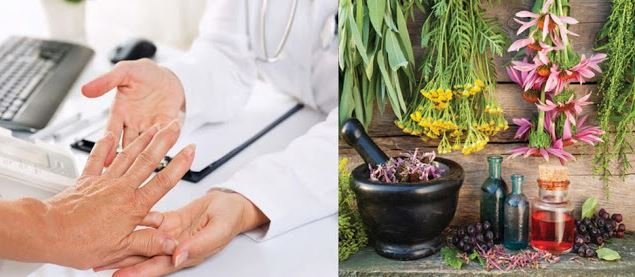
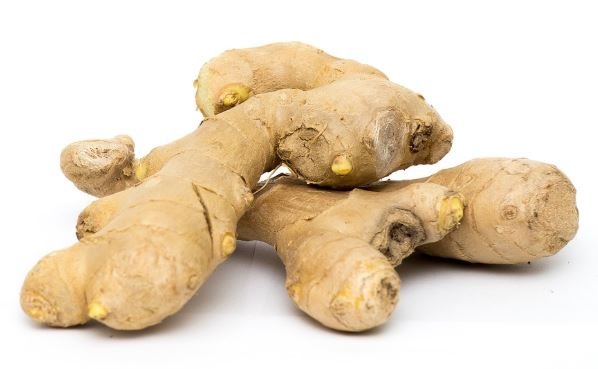
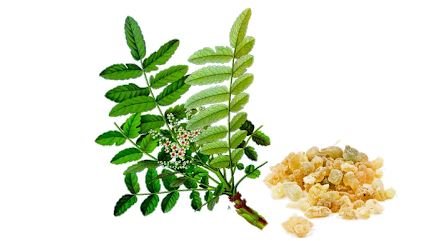
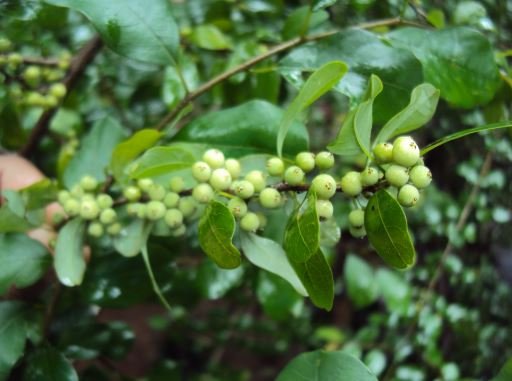
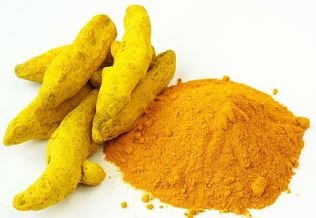
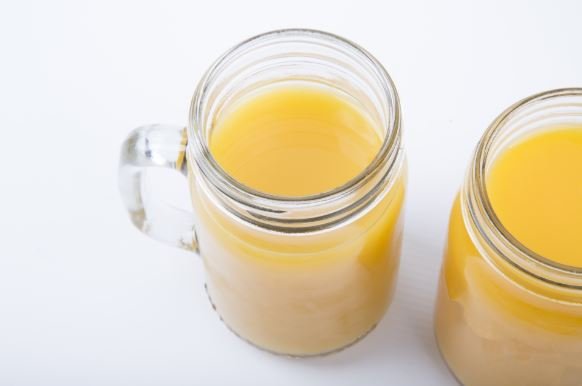
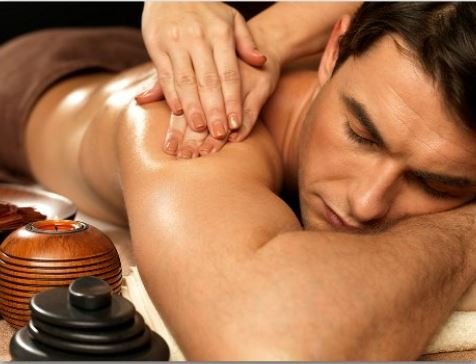
Hi! I am a robot. I just upvoted you! I found similar content that readers might be interested in:
http://www.ayujournal.org/article.asp?issn=0974-8520;year=2016;volume=37;issue=1;spage=11;epage=17;aulast=Sharma
Congratulations @herbalmedicine! You have completed the following achievement on Steemit and have been rewarded with new badge(s) :
Click on the badge to view your Board of Honor.
If you no longer want to receive notifications, reply to this comment with the word
STOPDo not miss the last post from @steemitboard:
SteemitBoard World Cup Contest - Play-off for third result
Participate in the SteemitBoard World Cup Contest!
Collect World Cup badges and win free SBD
Support the Gold Sponsors of the contest: @good-karma and @lukestokes
Congratulations @herbalmedicine! You have completed the following achievement on Steemit and have been rewarded with new badge(s) :
Click on the badge to view your Board of Honor.
If you no longer want to receive notifications, reply to this comment with the word
STOPDo not miss the last post from @steemitboard:
SteemitBoard World Cup Contest - The results, the winners and the prizes
Dairy products are harmful for overall health.
Dairy products are cherished by the health organizations as an essential food for bone health. But some experts disagree and think that dairy is harmful and should be avoided.
Of course, not all dairy products are the same.
They vary greatly, depending on how the cows were raised and how the dairy was processed.
People in some areas of the world have been eating dairy for thousands of years and there are many studies that document how the genes have changed to accommodate dairy products in the diet. Ancient ayurveda teaches us how important ghee is. Its natural healer. Scientific studies show us that not all dairy products have bad cholesterol. There is good cholesterol name HDL which is so beneficial to heart. Cholesterol is very important substance in our body. If you dont have cholesterol your cell cant survive. Our acharya knows this before 5000 years so they encouraged cow ghee for various diseases including bone health.